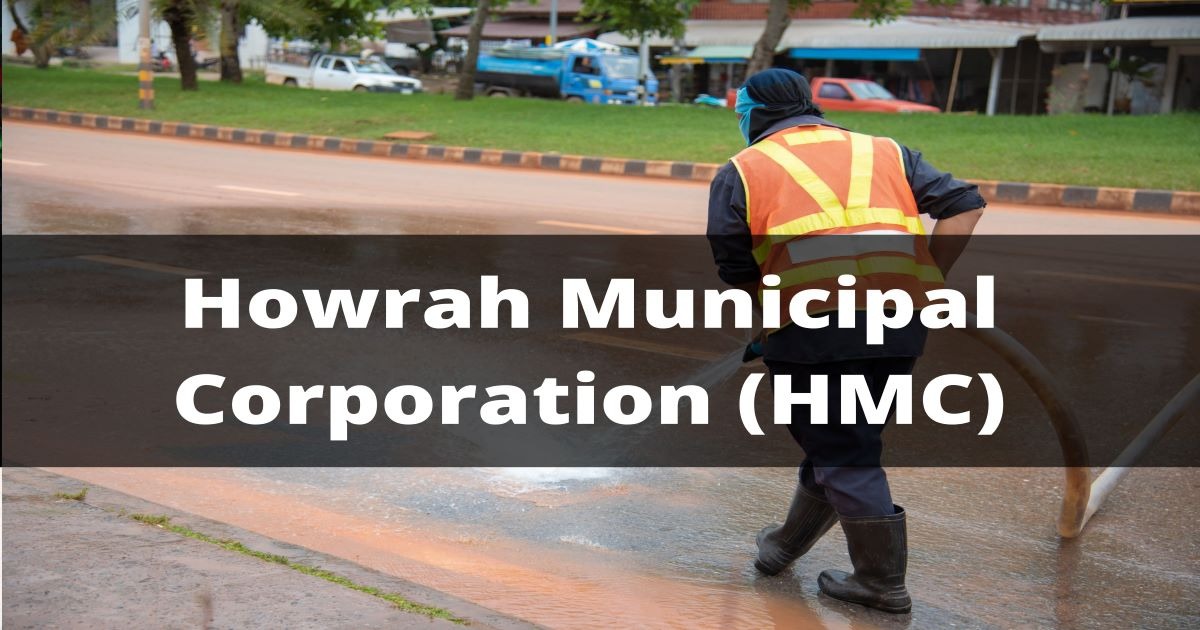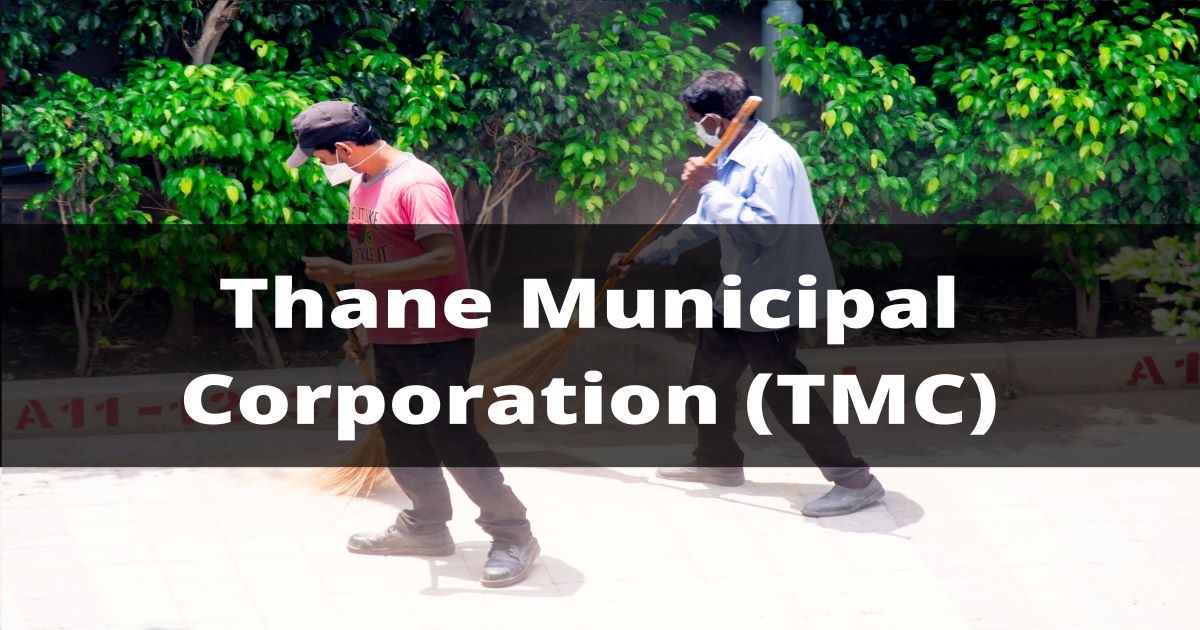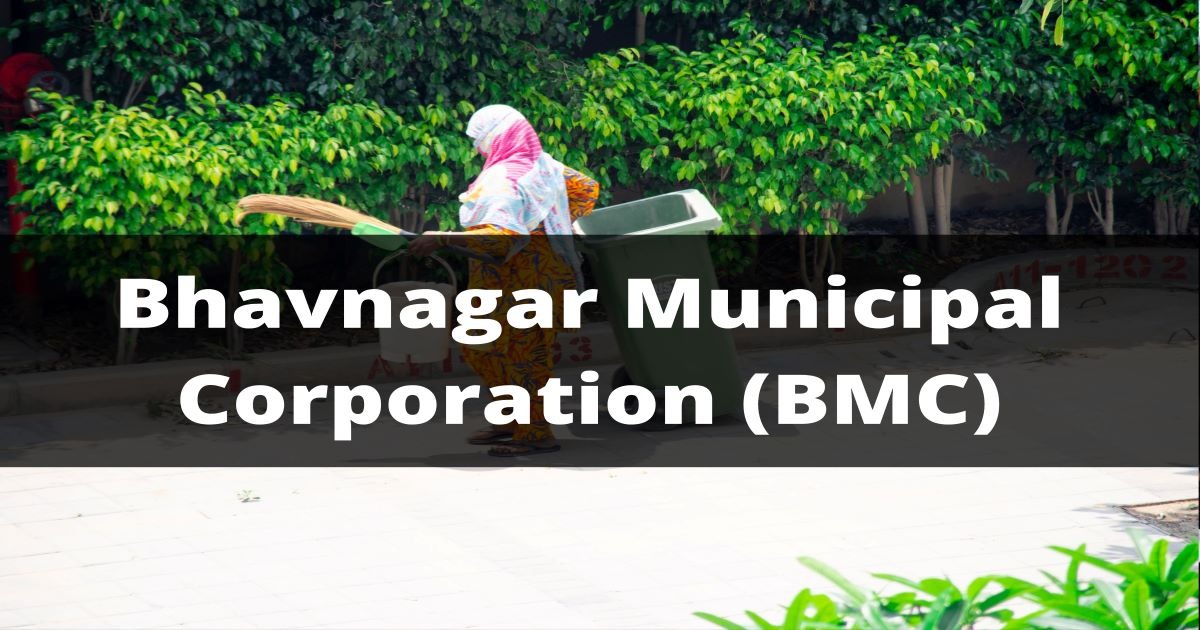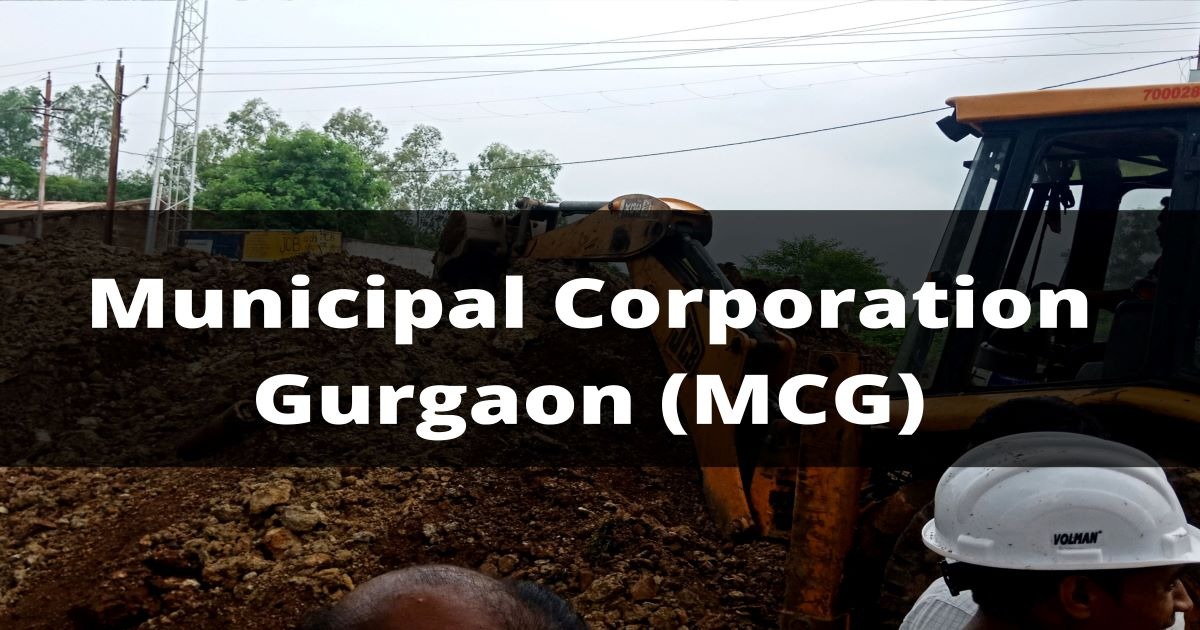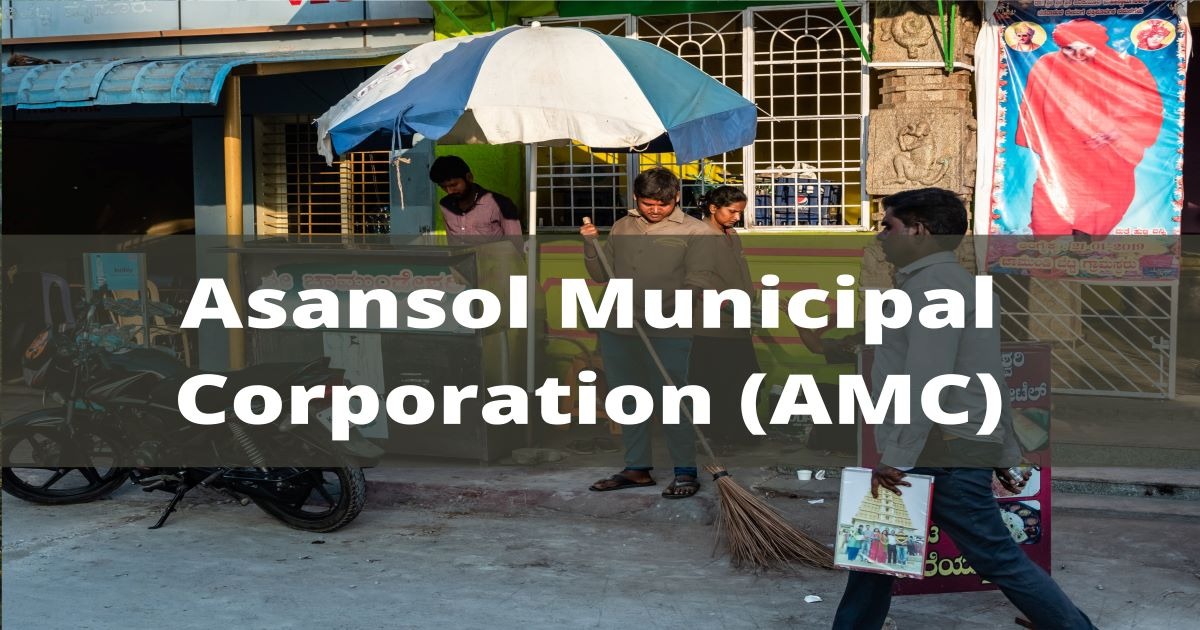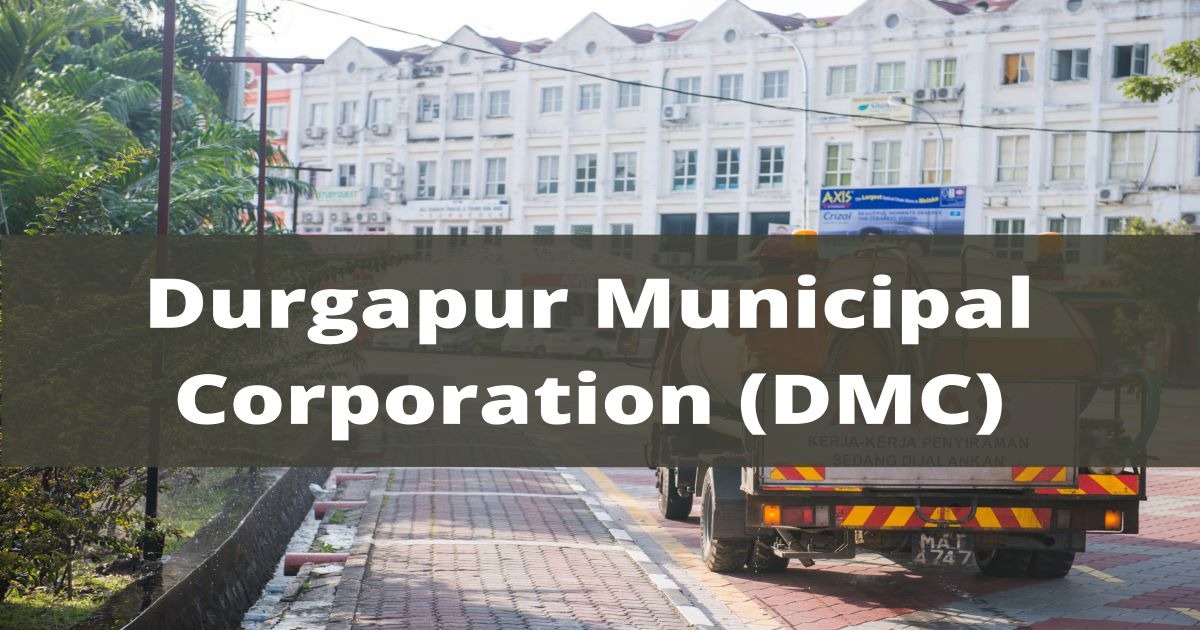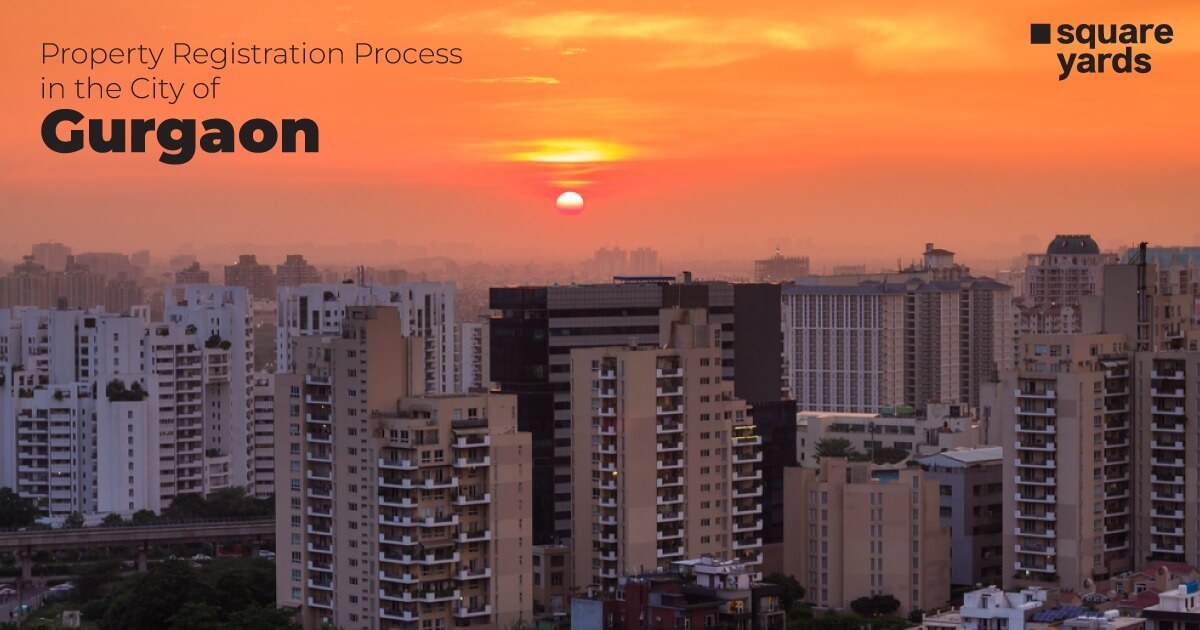Most of us have New Year resolutions to get fitter and healthier in 2020. It is the same story as far as Indian real estate is concerned. Puns/metaphors aside, the Indian realty sector is looking at having a better 2020, one that is healthier in terms of sales figures and reviving buyer interest, aided by pro-active Government initiatives and better access to credit amidst the ongoing liquidity crunch.
Experts feel that 2020 may actually be healthier for the Indian realty sector going by recent market trends and several other factors.
Real estate market trends across India’s key cities for 2019
In spite of overall hurdles and the liquidity crunch, the heartening thing to note is that Indian real estate remained comparatively stable last year. It may witness a fast revival in 2020 as per experts who feel that the GDP (gross domestic product) growth figures may reach 6-6.5% this year. The real estate sector will naturally keep the momentum going as a result. Mumbai’s real estate prices came down marginally by 2% last year with the average pricing exceeding Rs. 7,000 per sq. ft. as per reports.
7% of supply levels went up with new launches which stood at 79,810 for 2019 in comparison to 74,363 launches for 2018. Sales figures stood at 27,212 units approximately for 2019 which were marginally lower than 2018’s tally of 31,481 units. Delhi-NCR had prices going up by approximately 5% with average prices touching almost four and a half thousand per sq. ft. Supply went up by 45% to stand at 22,905 units for 2019 as compared to 15,819 units launched in 2018. Sales volumes increased slightly to 22,976 units in 2019 in comparison to 22,596 units sold in 2018. Bangalore did well with average prices increasing by 6% to stand at almost Rs. 5,000 per sq. ft. and an increase of 23% in supply levels. 33,772 units were launched in 2019 as compared to 27,382 units launched in 2018. Sales figures went up by 10% to touch 19,851 units as compared to 17,973 units sold in 2018.
Pune’s real estate market had average prices coming down by just 3% although supply levels went up by a whopping 37% to touch 44,660 units in comparison to 32,684 units in 2018. Sales figures came down marginally from 2018’s tally of 17,070 units to stand at 15,445 units for 2019. Chennai had prices dropping by roughly 5% with new launches going up to 11,542 units as compared to 10,373 units in 2018. Sales volumes increased by 6% to touch 7,980 units as compared to 7,401 units sold in 2018. Hyderabad had prices increasing by 10% to touch Rs. 4,500 as the average price per sq. ft. Supply levels went up by a huge 150% at 13,495 units as compared to 5,404 units launched in 2018. Sales figures also increased by around 4% in 2019 to touch 7,933 units as compared to 7,278 units sold in 2018.
Kolkata’s real estate market, on the other hand, witnessed 3% growth in prices with average prices touching Rs. 3,359 per sq. ft. Supply levels, however, reduced by a whopping 53% with new launches coming down to 5,654 units as compared to 12,015 units in 2018. Sales figures went up marginally at 6,678 units last year as compared to 6,140 units sold in 2018. Overall, the Indian real estate market saw almost no changes in average property prices although supply levels went up by approximately 23%. Even sales figures remained somewhat flat for 2019 in comparison to 2018.
South Indian real estate markets perform well for Q4 2019
South Indian residential real estate markets have performed well in the last quarter of the year as per several reports. This is a major positive for the Indian realty sector which has been recovering slowly from multiple headwinds. Chennai, Bangalore and Hyderabad are the markets which performed the best in 2019 as per several other reports and studies. The affordable housing segment, as per reports, remains a clear winner in terms of demand and sales volumes alike. The CLSS and PMAY incentives have attracted more buyers to this segment along with higher supply and a slew of other measures. Most Indian cities had supply levels balancing out demand, thereby keeping price thresholds majorly intact. Prices did come down across most cities for luxury real estate.
However, backed by robust demand, Chennai, Bangalore and Hyderabad have all witnessed steady appreciation in prices as per other studies. Navi Mumbai and Pune are also performing well in comparison to many other real estate markets while affordable housing is doing well in markets such as Thane and Noida. Bangalore saw residential growth of 25% over a period of 5 years and demand has increased over the last year in Chennai, with the market growing by approximately 5%. Demand has also started increasing in Delhi although the limited supply of housing units has kept prices at higher levels and they have increased by approximately 1.8% in 2019.
Why real estate will revive in 2020
While South India continues doing well in terms of real estate demand and sales, markets like Gurgaon should witness major improvements with more infrastructure. The MMR should also witness steady growth with better infrastructure development and higher supply levels of housing units. The industry may witness a steady recovery from the ongoing liquidity crunch with more trusted real estate developers providing new supply of housing units. There will be major projects like new roads and metro expansion initiatives fostering growth in sales figures across peripheral zones of major cities according to experts.
What is also fuelling further optimism about the revival of real estate in 2020 is the handsome pace of PE (private equity) investments that the sector has managed to garner in spite of the previous slump. Indian real estate garnered more than $5.03 billion in PE (private equity) funding for 2019. This is slightly lower by approximately 2% in comparison to PE funding of $5.13 billion garnered in the year 2018. A majority of PE investments were directed towards commercial real estate with 2019 seeing growth of 66%. Approximately $3.3 billion was pumped into the segment in 2019.
Investments also went up across the residential and retail segments in comparison to the year-ago period. Out of the total inflow of investments, 55% comprised of foreign investments while 8% comprised of domestic investments with 37% being joint investments. As per studies, the NCR (National Capital Region) and MMR (Mumbai Metropolitan Region) were two of the most preferred PE investment hubs last year. Both hubs garnered PE funding of approximately $2.7 billion in Indian real estate for 2019. The Government’s pro-active measures and stress fund are expected to facilitate steady recovery in residential real estate in 2020 as well while commercial real estate should continue witnessing a steady boom.

















